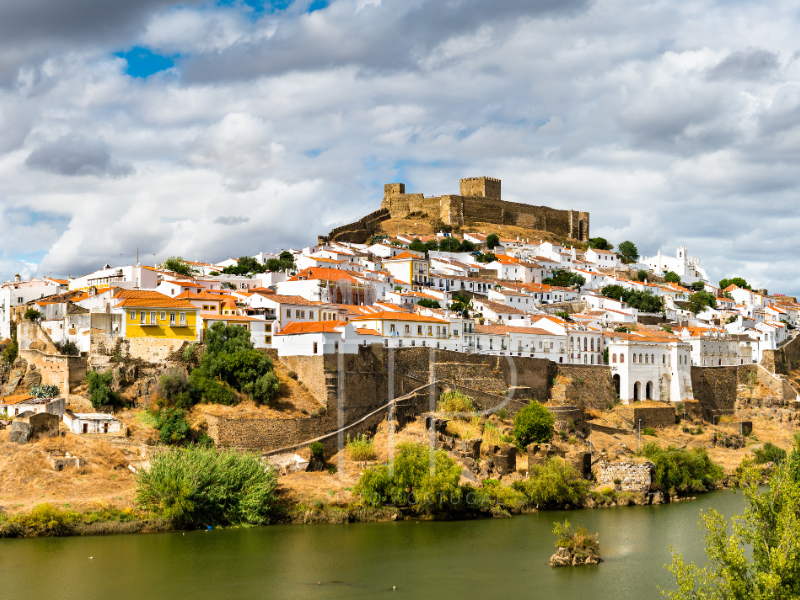The Romans called her Anas (“from ducks”), to which the Moors gathered Uádi (the Arabic word for “river”) and then the Uádi Ana, passing to the Portuguese as Ouadian and later even to Odiana. However, since the 16th century, by Castilian influence, the Guadiana form has been gaining ground.
The Guadiana River is a river of the Iberian Peninsula that is born at an altitude of about 1,700 m, in the lagoons of Ruidera, in the Spanish province of Ciudad Real, is reborn in the Ojos del Guadiana and flows into the Atlantic Ocean (more precisely in the Gulf of Cadiz), between the Portuguese city of Vila Real de Santo António and the Spanish city of Ayamonte.
With a total course of 829 km, it is the fourth longest in the Iberian Peninsula. The water catchment area has an area of 67,700 km2, located, largely in Spain (about 55,000 km2).
He travels to South Meseta in the east-west direction and, near the Spanish city of Badajoz, takes the south course to the mouth. The Guadiana borders Portugal and Spain, from the Chança River to the mouth. On the section between the Caia River and the river of Cuncos the border is not demarcated due to the border litigation of Olivença, between the river of Olivença and the Táliga stream.
Guadiana is navigable to Mértola at a distance of 68 km. In its Portuguese part, Alentejo region, the Alqueva Dam was built, which created the largest artificial lake in Europe.
Its main tributaries are, by the right bank: Záncara, Ciguela, Bullaque, Degebe and Ribeira do Vascão. By the left margin are main tributaries the Guadiana Alto, Azuer, Jabalón, Zújar, Matachel, Ardila and the Chança.


[…] Related article: Guadiana, the Great Southern River […]